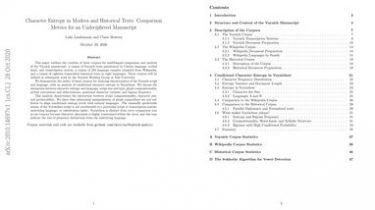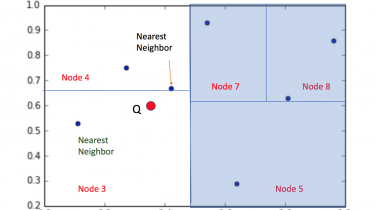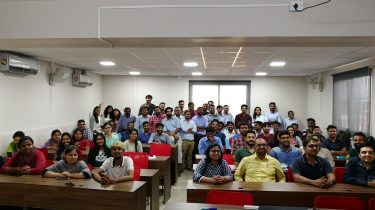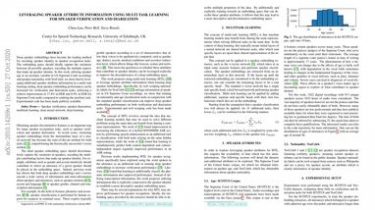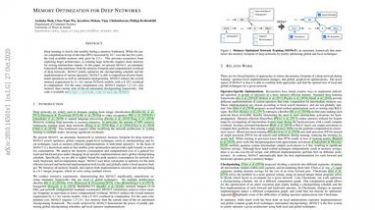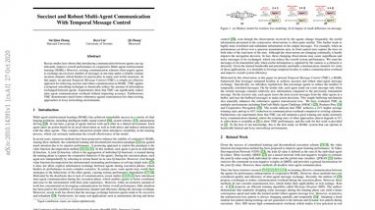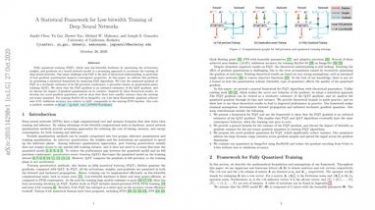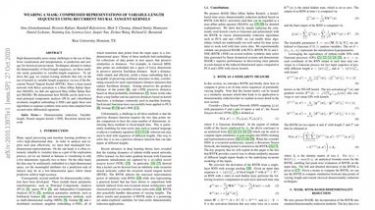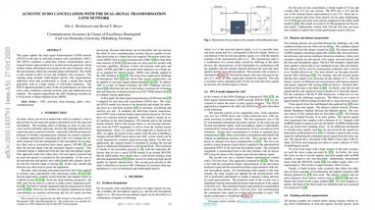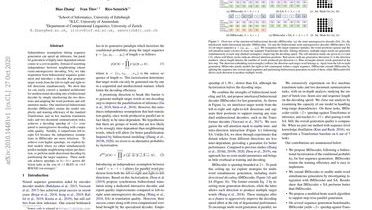Character Entropy in Modern and Historical Texts: Comparison Metrics for an Undeciphered Manuscript
This paper outlines the creation of three corpora for multilingual comparison and analysis of the Voynich manuscript: a corpus of Voynich texts partitioned by Currier language, scribal hand, and transcription system, a corpus of 294 language samples compiled from Wikipedia, and a corpus of eighteen transcribed historical texts in eight languages. These corpora will be utilized in subsequent work by the Voynich Working Group at Yale University… We demonstrate the utility of these corpora for studying characteristics of the Voynich […]
Read more